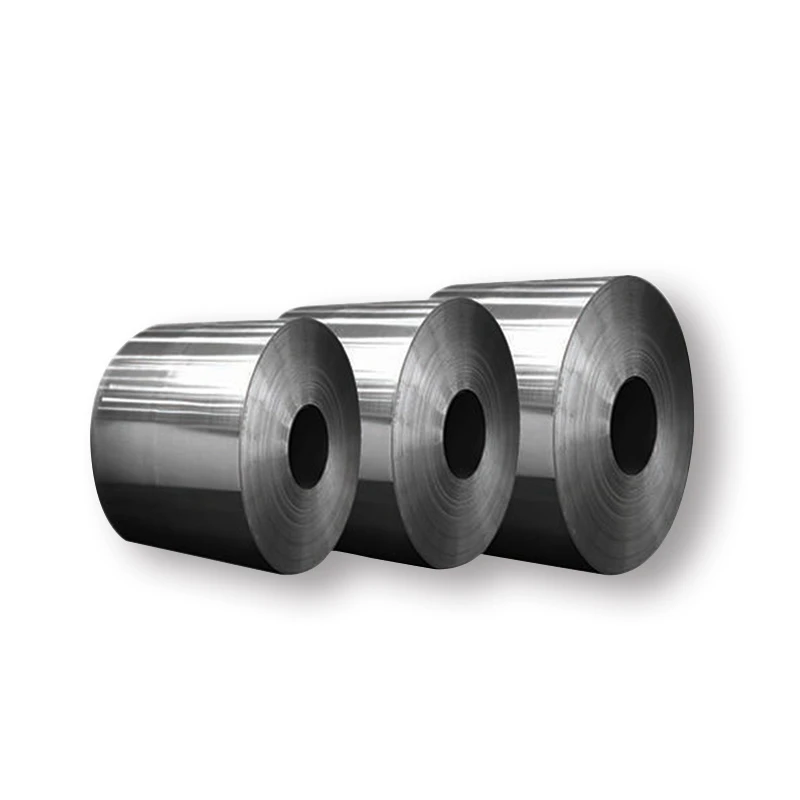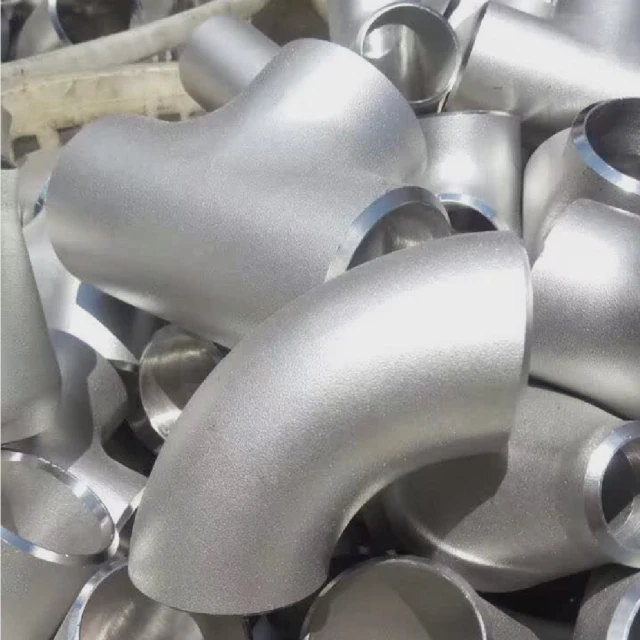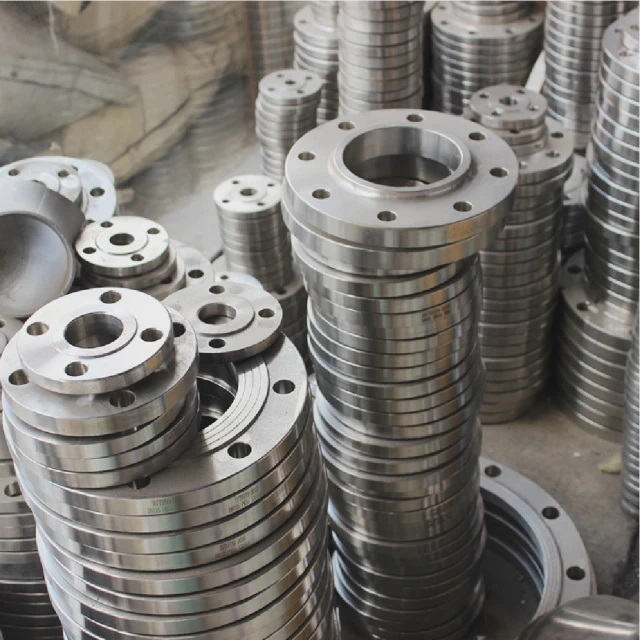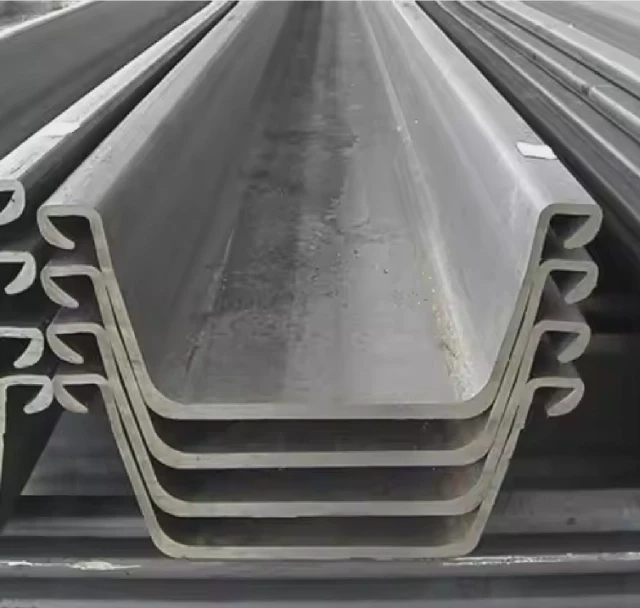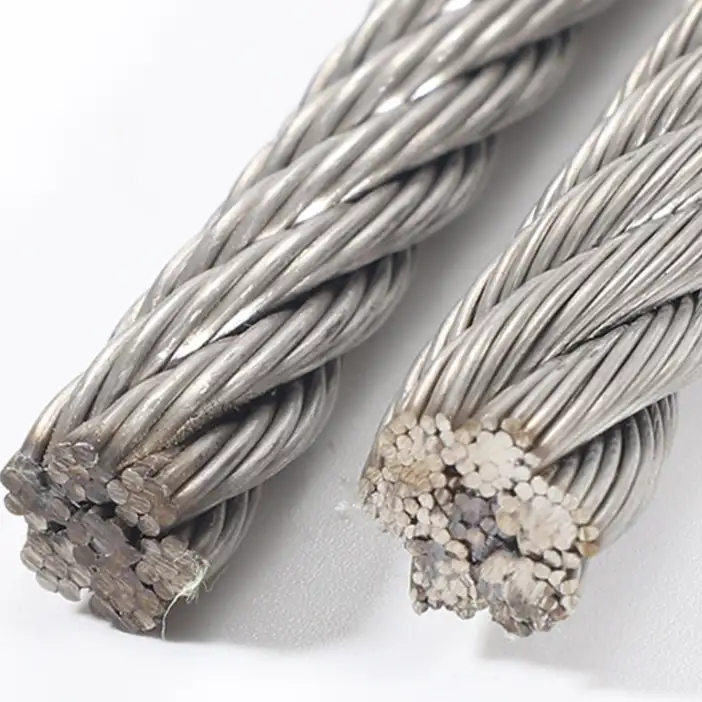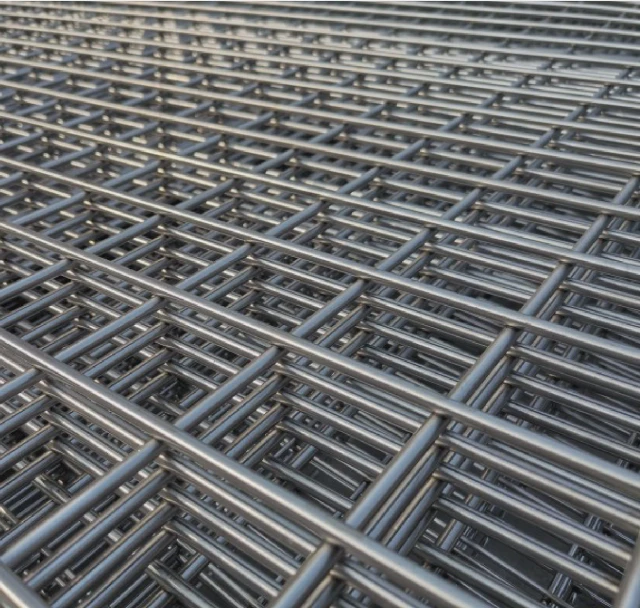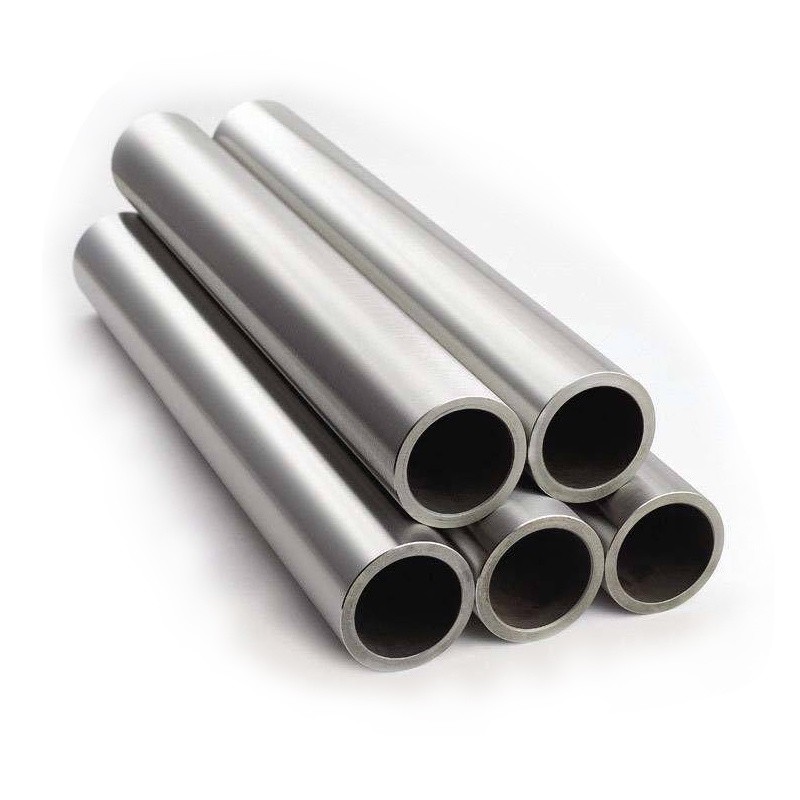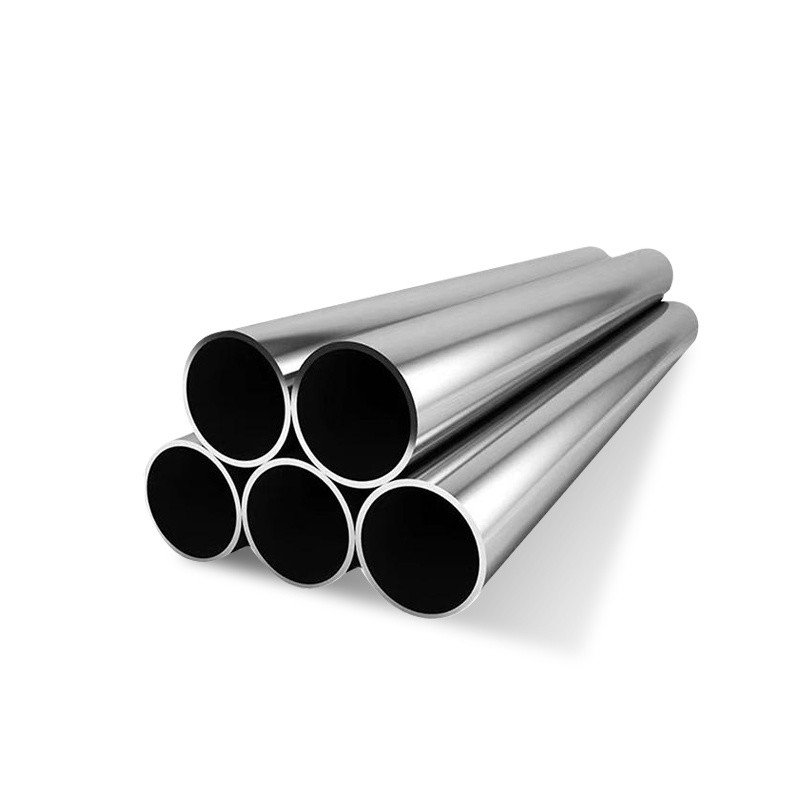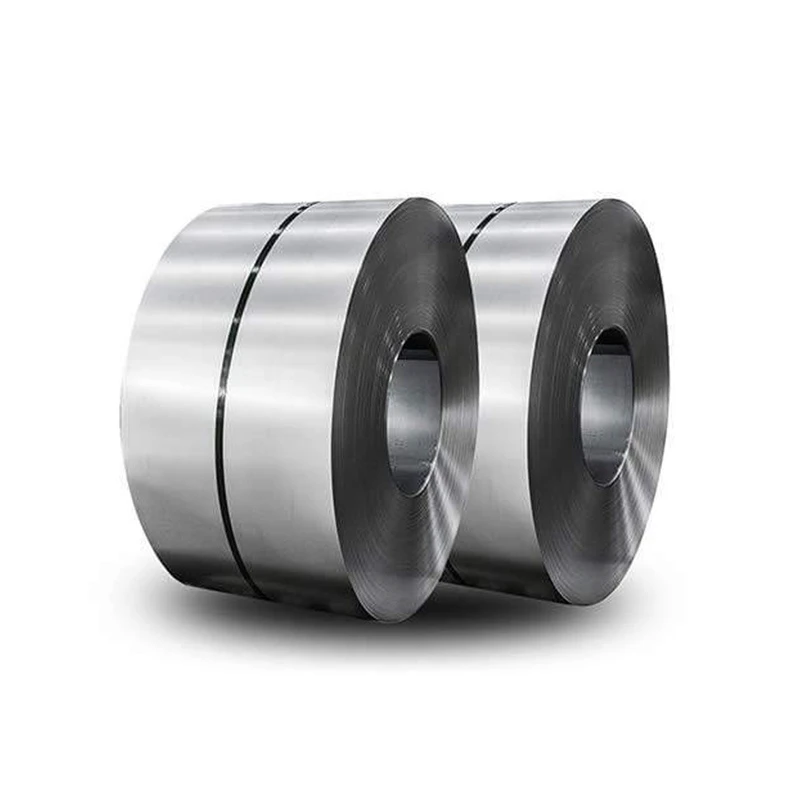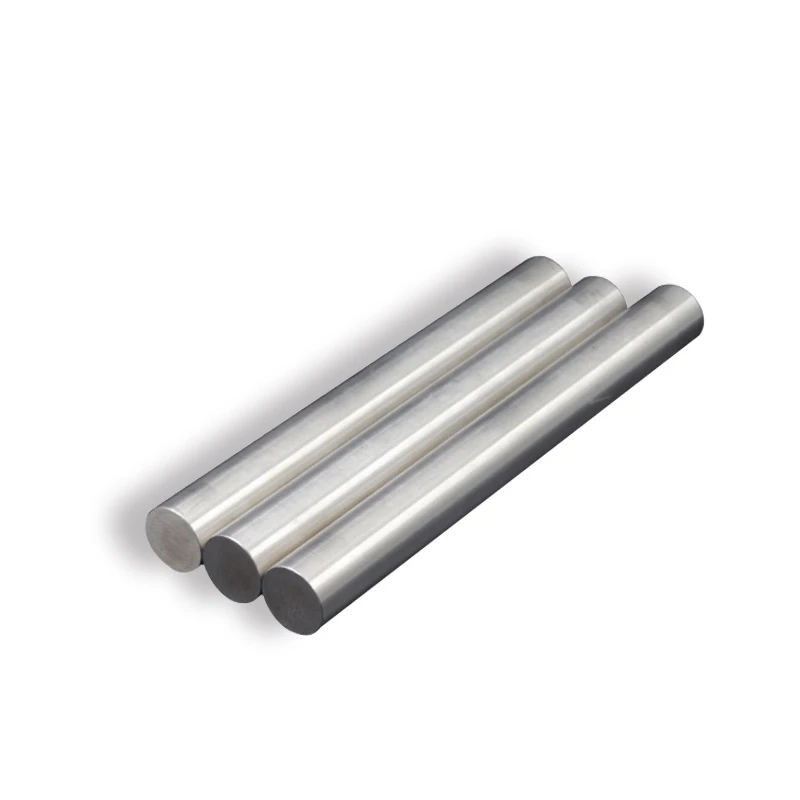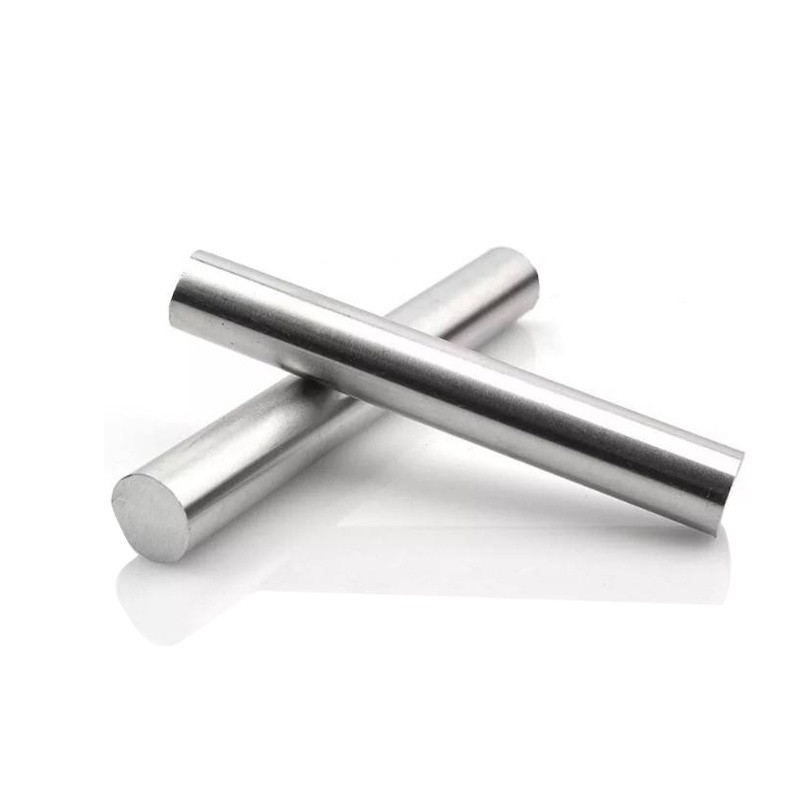
CATEGORIES
FEATURED PRODUCTS
317L Stainless Steel Coil
We offer this product and related grades with 100% factory direct pricing and free quotes available within 24 hours.
APPLICATION SCENARIOS

OUR ADVANTAGE

Certificate of Honor

PARTNER

Our Factory

Key Properties of 317L Stainless Steel
The elevated molybdenum content in 317L is the primary factor driving its superior corrosion resistance in challenging environments.
Superior Corrosion Resistance
- Enhanced Pitting and Crevice Corrosion Resistance: The higher molybdenum content directly contributes to significantly improved resistance to pitting and crevice corrosion, especially in solutions containing chlorides. This makes it ideal for environments where 316L might still show signs of localized attack. The Pitting Resistance Equivalent Number (PREN) for 317L is notably higher than that of 316L, indicating its enhanced performance in chloride environments.
- Excellent General Corrosion Resistance: 317L exhibits superior resistance to a broader spectrum of aggressive chemicals, including sulfuric acid, acetic acid, phosphoric acid, and other organic and inorganic acids, particularly at elevated temperatures and concentrations.
- Resistance to Intergranular Corrosion: Its low carbon content ensures that 317L maintains its full corrosion resistance, especially to intergranular corrosion, even after welding, without requiring post-weld annealing.
Good High-Temperature Performance
- Oxidation Resistance: 317L offers good resistance to oxidation in continuous service up to approximately 870°C (1600°F) and in intermittent service up to about 925°C (1700°F).
- Strength at Elevated Temperatures: While not designed as a primary high-temperature strength alloy like 330, 317L does maintain good strength at elevated temperatures, similar to 316L.
Mechanical Properties
- Good Strength and Ductility: As an austenitic stainless steel, 317L possesses excellent ductility, formability, and toughness. It cannot be hardened by heat treatment but can be strengthened through cold working.
- Good Low-Temperature Toughness: It retains excellent toughness down to cryogenic temperatures.
Weldability
- Excellent Weldability: 317L is readily weldable by all common fusion and resistance welding processes. Its low carbon content is critical here, ensuring that it remains resistant to intergranular corrosion in the weld heat-affected zone, even in severe corrosive conditions, and negating the need for post-weld heat treatment for corrosion protection.
Non-Magnetic
- Generally Non-Magnetic: In its annealed condition, 317L stainless steel is non-magnetic. However, significant cold working can induce a slight magnetic response, similar to other austenitic grades.
Detailed Specifications: Dimensions and Parameters
317L Stainless Steel Coil is produced to stringent quality standards, commonly conforming to ASTM A240/A240M and other relevant specifications.
| Parameter | Standard Range |
| Thickness | 0.3mm - 10mm (0.012 in - 0.394 in) |
| Width | 1000mm - 2000mm (39.37 in - 78.74 in) |
| Length | Coil form (continuous length) |
| Surface Finish | 2B, No.1, BA, Polished Finishes (e.g., No.4, HL) |
| Edge Condition | Mill Edge, Slit Edge |
| Standard | ASTM A240/A240M, ASME SA-240 |
Please note: Specific dimensions, available finishes, and tempers may vary based on current stock and manufacturing capabilities. Given its specialized nature, consulting with a supplier for precise information is always recommended.
Chemical Composition of 317L Stainless Steel
The precise chemical composition of 317L stainless steel, particularly its elevated molybdenum content, is critical to its enhanced corrosion resistance.
| Element | Weight Percentage (%) |
| Carbon (C) | ≤0.030 |
| Silicon (Si) | ≤0.75 |
| Manganese (Mn) | ≤2.00 |
| Phosphorus (P) | ≤0.045 |
| Sulfur (S) | ≤0.030 |
| Chromium (Cr) | 18.0 - 20.0 |
| Nickel (Ni) | 11.0 - 15.0 |
| Molybdenum (Mo) | 3.0 - 4.0 |
| Nitrogen (N) | ≤0.10 |
The higher Molybdenum content (3.0-4.0%) is the defining characteristic that sets 317L apart from 316L, providing superior corrosion resistance.
317L Stainless Steel vs. Other Stainless Steel Grades: A Comparative Look
Here's how 317L stainless steel compares to other common and specialized stainless steel grades, highlighting its niche for aggressive environments.
| Feature | 317L | 316L | 304L | 904L |
| Stainless Steel Family | Austenitic | Austenitic | Austenitic | Austenitic (Super Austenitic) |
| Molybdenum Content | Higher (3.0-4.0%) | Moderate (2.0-3.0%) | None | Very High (4.0-5.0%) |
| Chloride Pitting/Crevice Resistance | Excellent | High | Moderate | Very High |
| General Acid Resistance | Excellent (esp. Sulfuric, Acetic) | Good | Moderate | Superior (Very High Ni & Mo) |
| Weldability for Corrosion | Excellent (low C, no sensitization) | Excellent (low C, no sensitization) | Excellent (low C, no sensitization) | Good (requires specific filler/care) |
| Cost | High | Moderate to High | Low | Very High |
| Typical Use | Chemical processing, pulp & paper, pharmaceutical | Marine, chemical processing, food & beverage | Food & beverage, general purpose | Severe sulfuric acid, highly corrosive chemical processes |
317L bridges the gap between 316L and super austenitic grades like 904L, offering a significant upgrade in corrosion resistance for challenging environments without the extreme cost of higher alloys.
Key Industries and Applications for 317L Stainless Steel Coil
The exceptional corrosion resistance of 317L Stainless Steel Coil makes it indispensable in industries dealing with highly aggressive chemicals or environments.
| Industry | Typical Applications |
| Chemical Processing | Equipment for handling sulfuric acid, acetic acid, phosphoric acid, and other aggressive chemicals; reactors, heat exchangers, pumps, valves, piping. |
| Pulp & Paper | Digester parts, bleaching equipment, wash rollers, stock lines, and other components exposed to corrosive pulping liquors and bleaching agents. |
| Pharmaceutical | Manufacturing equipment where high purity and resistance to aggressive cleaning agents are required, such as reactors, filters, and piping. |
| Food & Beverage (Aggressive Conditions) | Equipment handling highly acidic or corrosive food products, or where strong sanitizers are used, particularly at elevated temperatures. |
| Textile Industry | Dyeing and finishing equipment exposed to harsh chemicals and temperatures. |
| Marine & Offshore (Severe) | Components in highly corrosive marine environments or offshore platforms where 316L is insufficient, though still less than super austenitics. |
| Pollution Control | Flue gas desulfurization (FGD) systems, scrubbers, stack linings, and other components handling corrosive exhaust gases. |
Global Price Overview: 317L Stainless Steel Coil
The price of 317L Stainless Steel Coil is generally higher than 316L and significantly higher than 304L, primarily due to its increased molybdenum content. Pricing is influenced by global demand, the cost of its key raw materials (especially molybdenum, nickel, and chromium), energy prices, and the specialized nature of its production. The figures below are illustrative and subject to significant market fluctuations. For the most accurate and current pricing, please contact us directly.
| Region / Factor | Price Range (USD per Metric Ton) - Illustrative | Notes |
| Asia | $5,000 - $8,500 | Prices vary based on producer's quality control and specific alloy surcharges. |
| Europe | $5,500 - $9,500 | Reflects high quality standards, advanced manufacturing, and stricter material specifications. |
| North America | $6,000 - $10,000 | Influenced by domestic demand, import dynamics, and the critical nature of its applications. |
| Raw Material Cost (Molybdenum, Nickel) | Very High Impact | Fluctuations in molybdenum and nickel prices are dominant factors in 317L's cost. |
| Order Volume | Discounts for Bulk | Larger purchase quantities may receive more favorable per-unit pricing. |
| Surface Finish & Thickness | Varies | Specific finishes and very thin gauges can incur slightly higher costs. |
Disclaimer: These are approximate price ranges and should not be considered as definitive quotes. For precise pricing and lead times, please reach out to our sales team.
Frequently Asked Questions (FAQs)
Here are answers to some of the most common questions about 317L Stainless Steel Coil.
Q1: What is the main advantage of 317L stainless steel over 316L?
A1: The main advantage of 317L stainless steel over 316L is its significantly enhanced corrosion resistance, particularly to pitting and crevice corrosion in chloride-containing environments, and superior resistance to various acids, especially sulfuric acid. This is directly attributable to its higher molybdenum content (3-4% in 317L vs. 2-3% in 316L).
Q2: Is 317L stainless steel magnetic?
A2: In its annealed condition, 317L stainless steel is generally non-magnetic, similar to other austenitic stainless steels. However, like 316L, it can become slightly magnetic after significant cold working due to stress-induced martensite formation.
Q3: Can 317L stainless steel be used in sulfuric acid environments?
A3: Yes, 317L stainless steel is particularly well-suited for use in sulfuric acid environments, especially at higher concentrations and temperatures where 316L might be susceptible to attack. Its increased molybdenum content provides superior resistance to this aggressive acid.
Q4: Why is 317L considered a "super-austenitic" or "high-performance" stainless steel?
A4: While 317L is often referred to as a "high-performance" stainless steel, it's typically considered a step up from standard austenitic grades (like 304/316) rather than a full "super-austenitic" (which usually have even higher alloying, especially nitrogen, for even greater PREN values, like 254SMO or AL-6XN). However, its significantly higher molybdenum content does place it firmly in the category of alloys designed for more aggressive corrosive service than 316L.
Q5: Does 317L stainless steel require post-weld heat treatment?
A5: No, 317L stainless steel does not typically require post-weld heat treatment to restore its corrosion resistance. Its low carbon content (the "L" designation) prevents the formation of chromium carbides in the heat-affected zone during welding, thereby maintaining its resistance to intergranular corrosion in the as-welded condition. This is a significant advantage for fabrication.







